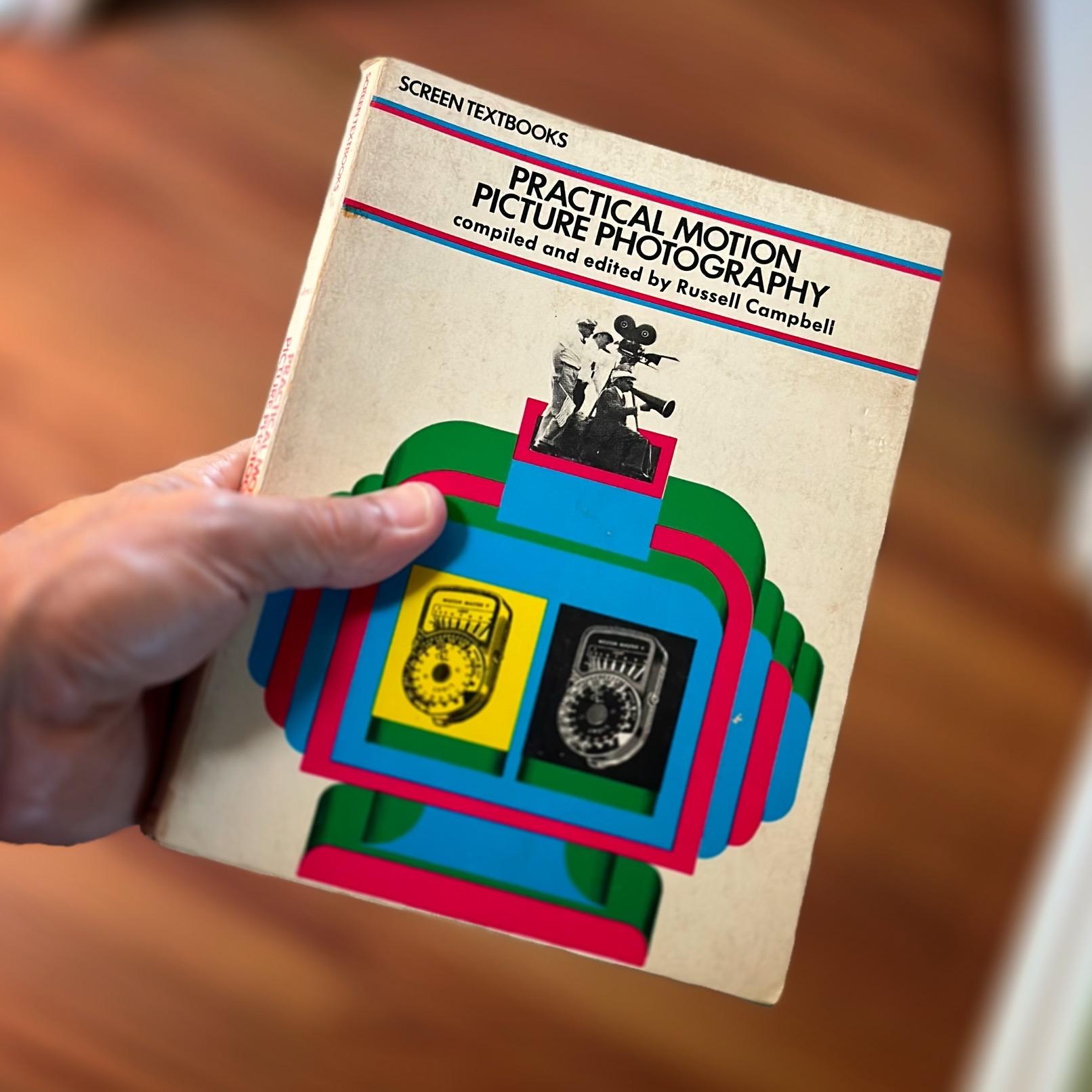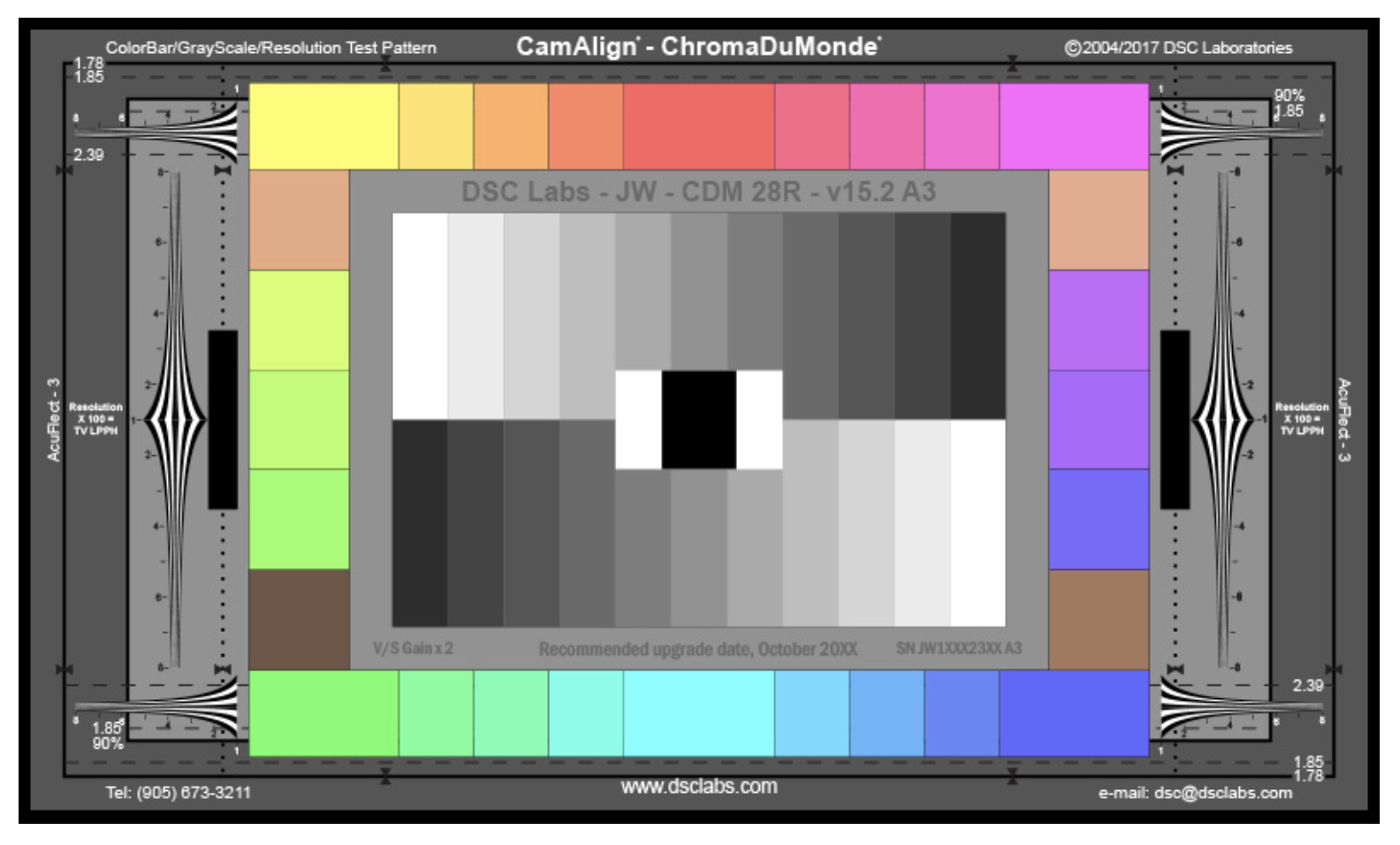Forum Replies Created
-
AuthorReplies
-
The 4K restoration likely did a scan of the negative (often a 6K scan on an Arriscanner immediately downsampled to 4K). A film scan would naturally be in Cineon log gamma, or it would be in ACES, 16-bit linear. Either way, all resolution and dynamic range available would be captured.
Raw refers to an image from a Bayer-filtered camera sensor before conversion to RGB. A film scanner just makes separate passes for RGB.
20 years ago, a new print of an old color movie probably came from a dupe negative made from a color interpositive (or b&w separations) made from the negative.
When I moved to Los Angeles at the age of 22, I used to go to the libraries at UCLA, USC, AFI, and AMPAS and spend hours reading cinematography books and magazines. I read every issue of American Cinematographer going back to 1920, I read every issue of International Photographer (later ICG Magazine) and every issue of the SMPTE Journal going back to the 1950s, I read three decades of British Cinematographer magazine, a decade of Super8 Filmmaker, years of Film & Video Magazine, Lighting Dimensions, and many short-lived magazines. And I read books, lots of books. I even read PhD dissertations on shelves if they were related to cinematography. Of course I don’t remember now a lot of what I read…
I can’t imagine a Civil War history fan only reading a few books on the topic, nor a baseball history fan who has avoided most of the player biographies out there, and yet I run into cinematography students who just want to read one or two books on filmmaking, a subject that they are dedicating their life to. Absorb information wherever you can find it; what matters will stick to you.
I love filmmaking books — I have two tall bookshelves full of them! It’s just knowledge that you can choose to use or not use, but I don’t see any reason to avoid reading books. One of my favorites was written in the early 1970s about British cinematography practices and probably most of the information is outdated and yet it’s a window on a period of filmmaking that I love.

They pushed 500T two-stops but they rated their meter less than 2000 ASA, more like 1600 ASA (or less), partly to keep some minimal extra density but mainly because labs aren’t consistent, you don’t always gain two-stops of density with a two-stop push.
I’m sure quite a bit of it was shot at f/1.4, I’m just saying that not all of it was.
I don’t think there is a “rule” about always shooting at f/2.8, it’s just a practical stop to light to — it’s sort of “aspirational”; sometimes you hear that lighting to f/4 for an anamorphic movie was a good idea. But I’ve also heard older cinematographers from the 1960s and 1970s saying that they always tried to light to an f/4 in case the director wanted to use a zoom lens. Anyway, f/2.8 is a pleasant stop to shoot at, gives the focus-puller a chance, the lenses behave well, etc. — but I don’t think of it as a rule.
Technical and visual consistency is a common goal unless the story has a design that allows for shifts in look, like flashbacks for example, or a story that cuts between two different worlds. But then within those unique sections, there tends to be consistency. But even that’s not really a rule — there may be a story that would benefit from visual inconsistency, even deliberate sloppiness, to create a rough feeling that matches the emotions of the scene or character. There is a lot of roughness in some of the Wong Kar-wei movies shot by Christopher Doyle, like “Fallen Angels” or “Happy Together” that create a certain chaotic feeling that matches what the characters are going through.
I think “The Hobbit” movies were mostly shot with a 270 degree shutter angle at 48 fps.
I don’t think Kubrick actually shot wide-open on the Zeiss Super Speeds all the time on those movies, partly because he mixed lenses in scenes, sometimes Cooke zooms were used, plus the Zeiss VariPrimes were also used on “Eyes Wide Shut”. So the sets weren’t always lit to only f/1.4.
No, it depends on the scene, the space, the camera movement, the look desired, etc. I do use Litegear Litemats a lot.
Whether I cool off any fill light and by how much is determined by eye.
The point of shooting a chart during production is both to communicate with a dailies colorist and to see later how that chart looks in dailies. It’s very important if shooting film to do this (I think.)
But if you are shooting digital and your dailies is just your log data with a LUT applied, or some additional ASC-CDL adjustments created by a DIT sent to the dailies colorist, then there is no reason to shoot charts if no one is manually color-correcting the footage, just applying the LUT and ASC-CDL values. The charts don’t end up being edited into the movie so they won’t be there for the final color-correction. Maybe it would make sense for a VFX shot as some reference for color and exposure.
While shooting digital, I don’t use charts daily but when I shoot film, I shoot a grey scale at the head of the roll. When I test a camera, film or digital, I use color charts and grey scales. When shooting tests in prep on a digital camera in order to create the dailies LUT, I often I use a DSC Labs test chart like this:

Adjusting white balance on camera is the same idea as using a filter on the lens, it shifts everything one direction or the other, it doesn’t change a difference in color between two sources of light. Now whether you want the daylight to look white, blue, partially blue or the tungsten to look white, orange or partially orange by how you set the white balance is an artistic decision. There is no right or wrong answer. Generally when dealing with this issue, it is both a lighting decision (controlling color balance between sources) and a color temperature setting decision in order to create the look you want. You may decide you like the look of 3200K practicals and 5600K windows with the camera set to 4300K for example.
There is no right or wrong approach. Sometimes you want a color cast or to see a color temperature difference, sometimes you don’t, sometimes you just want to adjust the degree of difference while keeping it. Sometimes you want orange or blue light on faces. I only mention 1/2 CTO gel on windows as a technique some cinematographers use to partially correct daylight towards tungsten rather than completely correct it by using Full CTO or 85 gel. There is no right or wrong approach!
-
AuthorReplies
